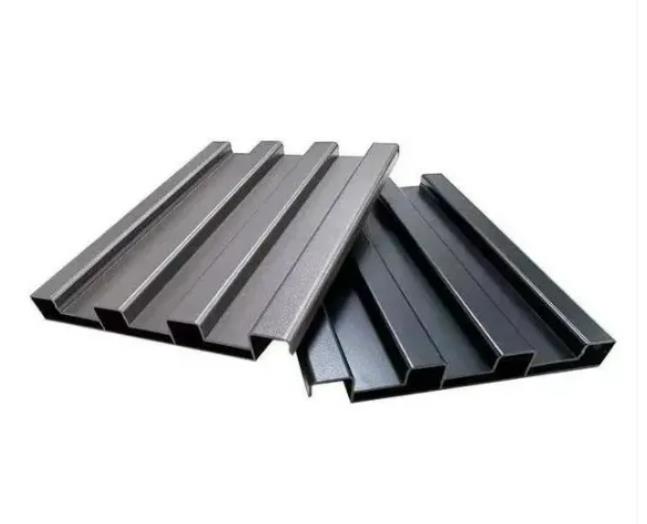Introduction
Aluminum alloy plate ceilings are popular choices for kitchens and bathrooms, but issues like uneven surfaces can arise after installation. This article explores the causes behind uneven aluminum alloy plate ceilings and provides practical solutions for achieving a flawless finish.
Causes of Uneven Aluminum Alloy Plate Ceilings
Poor Horizontal Line Control: Incorrect line layout or uneven keel installation leads to visible irregularities.
Improper Installation Methods: Failing to level the keel before slat installation results in uneven stress distribution and a wavy ceiling appearance.
Deformation Under Gravity: Lightweight slats may deform due to inadequate load-bearing capacity, particularly in keel and fixture type ceilings.
Solutions to Address Uneven Aluminum Alloy Plate Ceilings
Precision in Elevation Lines: Accurately project elevation lines with minimal deviation and use straight wires for precise control.
Sequential Installation Approach: Ensure keel alignment before installing slats to maintain uniform flatness, crucial for thin boards susceptible to deformation.
Integration of Equipment: Utilize separate suspension rods for non-directly suspended equipment, securely fastened to the structure’s top plate.
Quality Assurance in Fixation: Maintain hidden inspection records for expansion bolts, verifying depth, spacing, and conducting pull-out tests for durability.
Conclusion
Achieving a seamless aluminum alloy plate ceiling requires meticulous attention to detail during planning and execution. By addressing installation challenges and employing precise techniques, homeowners can ensure a perfectly even and aesthetically pleasing finish in their kitchen and bathroom spaces.
